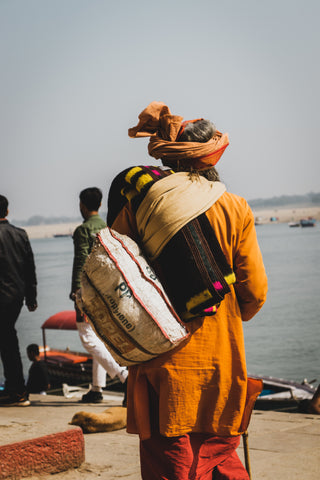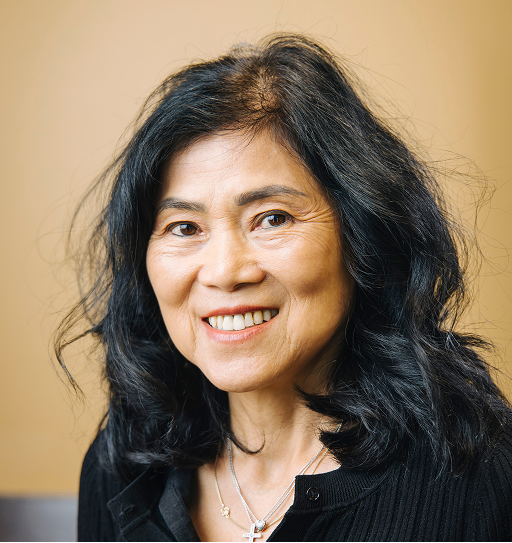Our Cause

The world is witnessing the highest levels of displacement on record. An unprecedented 79.5. million people around the world have been forced from home by conflict and persecution at the end of 2018. Among them are nearly 26 million refugees, over half of whom are under the age of 18. There are also millions of stateless people, who have been denied a nationality and access to basic rights such as education, healthcare, employment and freedom of movement.
BeKinder coffee is partnering with Refugee Services of Texas to help with Economic Empowerment program and Education Program.
Here we have outlined the distinctions between migrant groups and offer a compassionate understanding of immigration. As you’ll see, these groups are at times perceived differently in the U.S. due to legal status, yet migrants’ experiences are similar in nature.
Our Features
-
Refugee
a refugee is any person who was forced to flee their home country due to persecution and cannot return home because of well-founded fear associated with race, religion, nationality, group membership or political opinion.
-
Asylum-seeker
An asylee is a person who applies for asylum , an international human right, due to issues of safety in their homeland. Asylees seek protection for reasons similar to refugees.
In some cases, asylum seekers must wait for their claim to be processed as a decision is made regarding their residency in the U.S. -
Internally Displaced Person (IDP)
An IDP is someone who has forcibly fled their home, yet is displaced within their home country. IDPs seek safety in many areas across the region, as they do not cross an international border to seek refuge. Unlike refugees, IDPs are not protected by international law and do not receive federal assistance because they are legally under the protection of their own government.
-
SIV (Special Immigrant Visa)
Some Iraqi and Afghan soldiers who offered linguistic, cultural, and geographic assistance to the U.S. military for at least 2 years qualify for SIV visas. These special visas are granted by the U.S. Department of State and SIVs are admitted to the U.S. by the Department of Homeland Security.
-
Lawful permanent resident
A lawful permanent resident is an immigrant who comes to the U.S., applies for residency, and is given permission to live and work permanently in the U.S.
-
Undocumented Migrant
Undocumented migrants are people living in the U.S. without a visa or permanent residency card. They migrate for reasons similar to refugees and asylees, due to
issues of safety, economic viability, livelihood, and environmental conditions.
***Source: UNHCR (unhcr.org) -
Are refugees dangerous?Refugees are not dangerous; they are the ones fleeing danger. They come to our shores fully vetted and documented, often traumatized and bereft of loved ones. Refugees are screened under the strictest inter-agency security process ever devised, which includes registration and data collection by the UNHCR; interviews and data cross-referencing through the Department of State; security checks through the National Counterterrorism Center, FBI, Department of Homeland Security, Department of Defense, Department of State, and others; a DHS interview; biometric security checks; medical checks; and a cultural orientation.
-
Is refugee resettlement bipartisan?Refugee resettlement has historically enjoyed strong bipartisan support. Presidents of all parties have repeatedly affirmed the value of admitting refugees and how it reflects our core American values.

Mobility as a Human Right
BeKinder believes that mobility, or the act of moving from one country to another for whatever reason, is a human right. Human mobility should not be hindered by policies which drastically limit or deter immigration to the U.S. We are called to share our country, communities, resources, opportunities, and networks with others, regardless of migration status.

Why Should I Care?
Using Max Weber’s sociological concept of Verstehen, or the thoughtful attempt to imagine someone else’s life as your own, is a useful tool for stepping out of your perspective and into a migrant’s shoes to better understand the immigrant experience. For example, imagine you are a refugee from Burma. After seven years of living in a refugee camp, you are finally vetted and approved for resettlement in the U.S. You and your family were selected to resettle in Texas, a
state that receives a large number of refugees each year. Leaving Burma by plane, you and your family arrive at the U.S. airport and are warmly greeted by members of refugee-serving organizations in Dallas. They take you to your new apartment, which is pre-furnished and arranged before you set foot on U.S. soil. After the warm welcome, you soon realize how different the U.S. is from Burma--there are different laws, social norms, and cultures which complicate the transition. You have little understanding of the English language, you are unemployed and must secure a job within 90 days, and you have limited cash assistance to support a family of five. Additionally, you are required to work closely with a caseworker who
manages your personal and professional progress in the U.S. After a month of adjusting to life in a new country, you juggle a low-paying, overnight stocking job at Walmart, attend ESL classes when possible, and help with childcare. This scenario captures the complexity of refugee lives as they adjust to life in the U.S. Migrants from all backgrounds share similar stories of displacement, resettlement, and adjustment to life in a new country. Using verstehen allows us to interpret viewpoints outside of ourselves, encourages empathy towards immigration, and
promotes compassion towards migrants.
